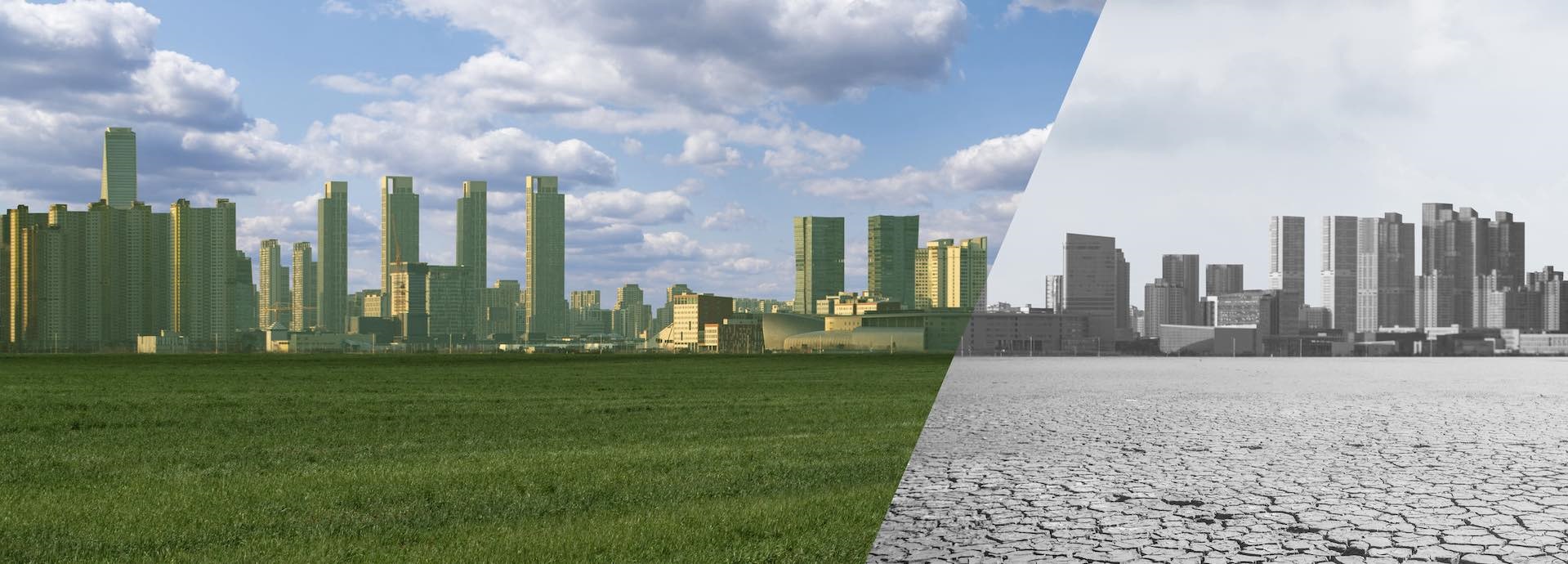

“How will we answer when “Baby 8 billion” is old enough to ask: What did you do for our world and for our planet, when you had the chance?” With that opening remark, UN secretary general António Guterres set the tone for the decisions that would be made at COP27 in Sharm el-Sheikh, Egypt.
Delegates attending agreed to establish a loss and damage fund for countries that are most vulnerable to the climate crisis. The details of where this money will come from, and which countries will benefit are still awaited.
The UN estimates that adapting to the climate crisis could cost developing countries USD 160- 340 billion annually by 2030 and touch USD 565 billion by 2050, if climate change accelerates.
Money Matters
COP27 saw the unveiling of a USD 3.1 billion 5-year targeted investment plan for each person on earth to get early warnings against increasingly extreme and dangerous weather.
It called out to banks and international financial institutions to reform their priorities and align and scale up funding to ensure simplified access to climate finance. It also asked multilateral development banks to significantly increase their climate ambition for greater results.
The key is to start now – to actively accelerate the switch from baseload fossil fuels to renewables using flexible balancing power, to pioneer the inevitable transition.
The summit emphasised on the need for rapid, deep, immediate, and sustained reductions in green house gas emissions via increasing renewable energy (RE). It is estimated that the world needs to invest USD four to six trillion a year in renewable energy (including technology and infrastructure) until 2030 to reach net-zero emissions by 2050.
Coal Vs RE and other energy sources
But there were important disappointments too. After days of negotiations, countries remained at loggerheads on whether the world should be on a path to phasing out or phasing down all fossil fuels. COP27, just like COP26 called for countries to accelerate efforts towards the phasedown of unabated coal power and phase out inefficient fossil fuel subsidies. It also called for increasing ‘low-emissions energy’, which has been criticised and perceived as a reference to natural gas – a source of green house gas emissions.
We should have done much more. Our citizens expect us to lead.
“Although it would have been great to see more ambitious plans for the phaseout of coal or a deadline set for peak emissions, it is encouraging to see greater emphasis on the urgent need for sustained reductions in global greenhouse gas emissions by ramping up renewable energy,” says Håkan Agnevall, President and CEO, Wärtsilä Corporation.
“The key is to start now – to actively accelerate the switch from baseload fossil fuels to renewables using flexible balancing power, to pioneer the inevitable transition,” he adds.
Still in the emergency room
So where did COP27 really lead us in our fight against climate change and the ambitions we must have for it?
Frans Timmermans, Executive Vice-President for the European Green Deal, European Commission, says COP27 is not a step forward for both people and the planet. In his closing remarks at COP27, he explained that the summit did not bring added efforts from major emitters to increase or accelerate their emission cuts. It also did not bring a higher degree of confidence in achieving commitments made in Paris or Glasgow.
“We should have done much more. Our citizens expect us to lead. This means, reduce emissions far more rapidly. That's how we limit climate change. Not wait and respond once climate change has had its devastating effects.”
“We have lost a lot of speed since Glasgow. We wasted a lot of time already. And our people and planet have no more time to lose,” he said.
Our planet is still in the emergency room. We need to drastically reduce emissions now – and this is an issue this COP did not address.
Guterres summed it up in his COP27 concluding remark saying, “Our planet is still in the emergency room. We need to drastically reduce emissions now – and this is an issue this COP did not address.”
Despite that, there were several energy transition and emission reduction agreements and partnerships outside the official negotiations. For instance, 25 countries launched a package of collaborative actions to be taken in power, road transport, steel, hydrogen and agriculture by COP28, which will be held in Dubai in 2023. Additionally, countries, ports, and companies announced 40 major actions they are taking to help the shipping sector align with limiting the rise in global temperatures to 1.5 degrees.
We might not have all the answers, but we can still tell the 8 billionth member of the world’s family, that while the road ahead is challenging, we are slowly but steadily moving in the right direction.
Did you like this? Subscribe to Insights updates!
Once every six weeks, you will get the top picks – the latest and the greatest pieces – from this Insights channel by email.

